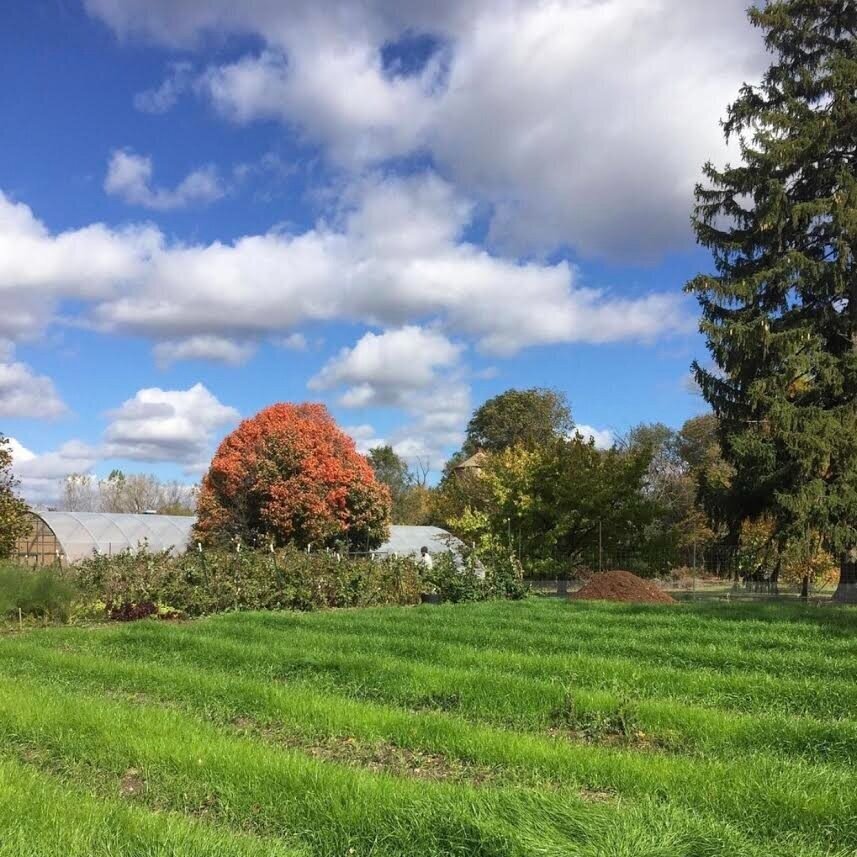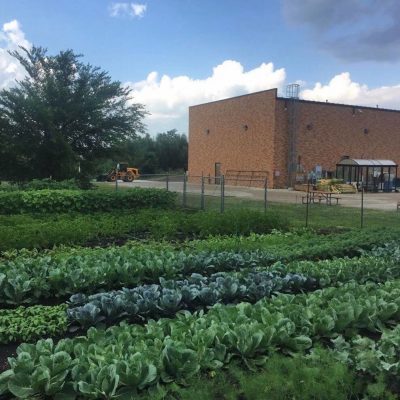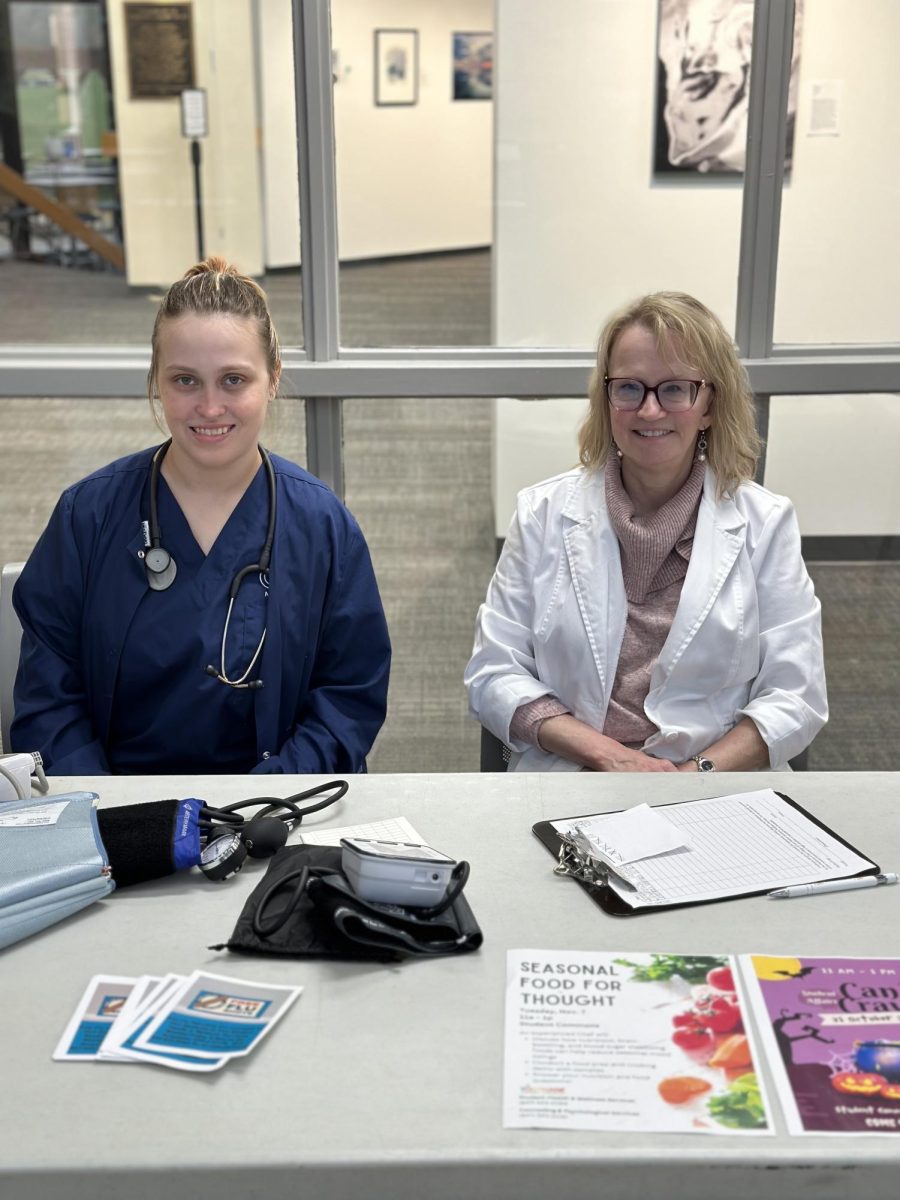According to the Union of Concerned Scientists, large scale farming is the dominant food producer in the United States today.
Most of the food we eat is from industrial and factory farming.
This system uses chemical fertilizers and pesticides that damage our environment from the soil we grow our food to the water we drink.
This devastating form of agriculture is not built to last. To save the environment, farms need to move towards a more sustainable approach that will help make a profit for the farmer, involve the local community, and work with the environment.
At the CLC campus farm, workers are putting sustainable farming practices to use to benefit our community.
One of the sustainable practices utilized by the campus farm is composting.
Rory Klick
Professor Klick of horticulture at CLC said that all “weeds, plant clippings from pruning, fallen branches, bad fruits, and veggies get put into the campus composting system, mixed with soil to add the necessary decomposing microbes and bacteria.”
According to Live Science, microorganisms in the compost help break down waste, which results in fertile soil.
Aerobes are bacteria, a microorganism that uses oxygen to break down organic substances and release chemicals vital to plants’ nutrition.
Although about 80 % of these organisms are bacteria, other species are used, such as pill bugs and worms.
Klick states that the production of compost “contains the right balance of both macronutrients and micronutrients to support healthy plant growth.”
Another practice is planting cover crops.
The farm uses this technique in the fall by planting ground rooted plants with a combination of leaves to protect the soil.
Professor Klick gave insight that these protect soil from erosion, which can occur if fields are left bare.
The United States Department of Agriculture states that cover crops form a protective canopy that shields the soil from weather and reduces runoff velocity.
This means that soil will not be transported to unintended places, and fewer nutrients will be lost.
Not only do cover crops provide protection but allow for additional organic matter for next year’s crops.
These can be mixed into the soil and used for compost.
Cover crops can also protect against weeds.
Klick states that depending on the cover crop chosen, certain weeds can be controlled.
CLC’s campus farm utilizes companion planting and intercropping to allow for the supportive growth of many plants.
According to Klick, this helps maximize the campus farm’s production by more crops per square foot.
This “naturally improves the soil and repels certain pests.”
Besides, this increases biodiversity for the farm.
According to the University of Tennessee, biodiversity is essential for agriculture because it increases soil fertility as well as decreases the abundance of pests and weeds.
CLC horticulture building
More beneficial organisms will increase a plant’s defense against disease and weeds.
Therefore, this reduces CLC’s need for chemical pesticides.
Other vital techniques used by our farm in our backyard here at CLC include crop rotation and organically approved pest and disease fertilizer.
Crop rotation means not growing the same crops in the same location every year and organic fertilizer reduces chemicals in our environment.
From these remarkably sustainable practices, our campus farm can produce 25,000 pounds of ingredients each year.
This produce makes its way to the Café Willow to prepare food with the freshest ingredients, such as the healthy salads sold here.
The CLC horticulture program is the second-largest in Illinois and graduates the most people.
Professor Klick would like students to know that “the horticulture building is just east of Lancer Lane, and we’re surrounded by the campus farm and the arboretum – and we invite all students and staff to come by and take a walk through this beautiful part of the campus.”









